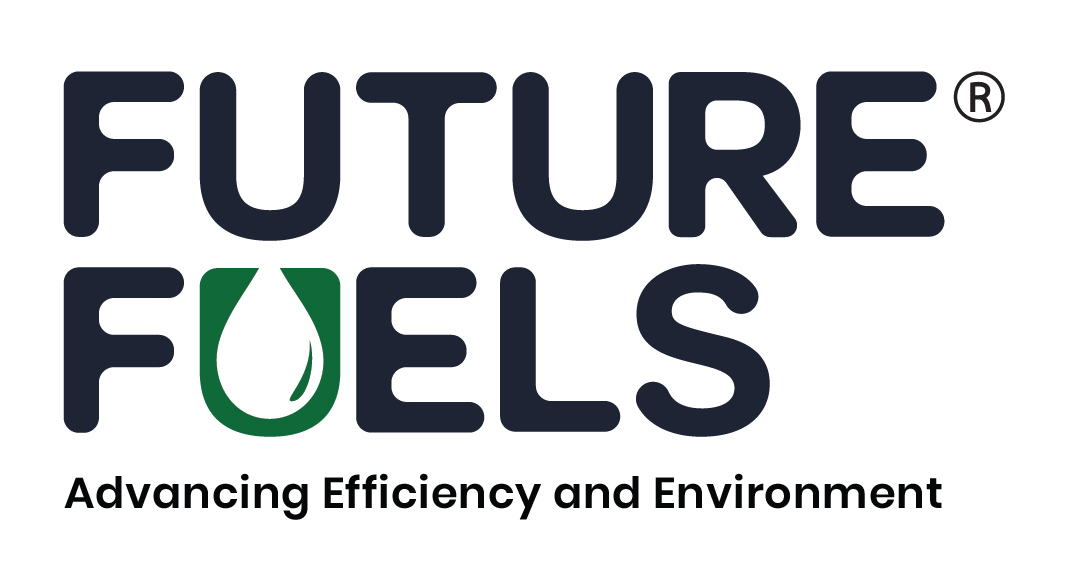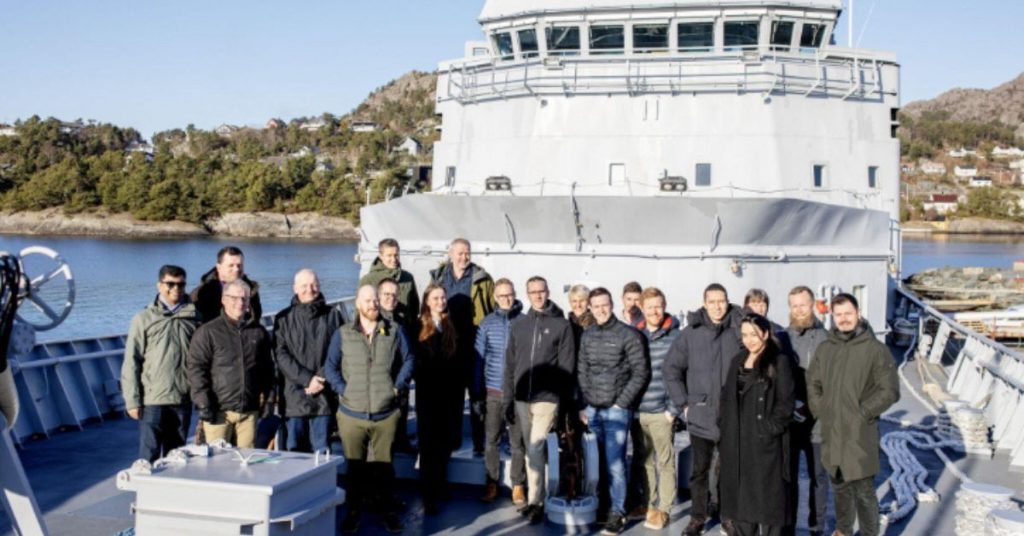The Horizon Europe program of the EU’s Steesmat project has been awarded €7.8m (US$8.2m) to build a medium voltage direct current (MVDC)-based power system that would replace the present conventional alternating current (AC) systems.
Thirteen European partners will work together to develop a power distribution system specifically designed to meet the requirements of zero-emission vessels, led by Norway’s Maritime CleanTech. This technology makes it easier to incorporate different renewable energy sources, such as batteries, solar panels, fuel cells, and wind turbines, on huge boats while also allowing engines to run more efficiently at varied speeds. This Steesmat system has the potential to reduce emissions by as much as 40% along with making ships lighter and more energy efficient.
The project will use the former Norwegian Coast Guard ship KV Senja, which has been renamed RV North Star, as a floating laboratory. The new direct current grid will be installed on the ship and tested under actual sea conditions.
The Steesmat project, which aims to commercialize the new technology by 2029, is a crucial part of the EU’s green shipping policy in light of the tightening international laws and growing expenses related to shipping emissions.
Tags: Emissions, eu, Marine Fuel, Steesmat Project



Recent Posts
Egypt Advances Maritime Decarbonisation with National Action Plan Backed by IMO
Fuelre4m unveils VIRDIS: A predictive AI breakthrough in global fuel distribution, powered by Five9nes
EXMAR Launches First Ammonia-Fueled Gas Carrier at HD Hyundai Mipo
Japan-Backed Green Hydrogen Centre Planned for Uttar Pradesh
JSW Group Outlines Major Push into Commercial and Heavy Electric Vehicles
Lloyd’s Register Grants Approval in Principle for KSOE’s Multi-Fuel Newcastlemax Bulk Carrier Design
Eureka Shipping Deploys HVO-Ready Cement Carrier Tamarack for Great Lakes Operations
Terntank Places Repeat Order for VentoFoil Wind Propulsion Units on Methanol-Ready Hybrid Tankers